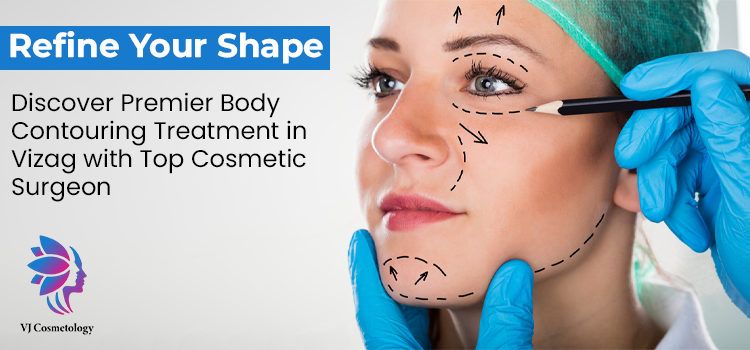![]()
Facial thread veins are tiny blood vessels that run close to the skin’s surface. They look like thin red or occasionally purple or blue lines. They appear when blood vessels become enlarged, which causes the veins to appear broken. The medical term for them is telangiectasia.
What is the definition of the facial thread veins?
Thread veins are tiny, noticeable ones beneath the skin’s surface. They are sometimes referred to as spider, broken, and surface veins. Although they can appear anywhere on the body, they are most frequently encountered on the legs and face. Their common name comes from their appearance; their fine wrinkles often leave the skin seeming spidery. For the treatment of these problems, visit the best dermatologist in Vizag.
Reasons for thread veins on the face.
They occur when blood arteries are harmed by microscopic veins that contract and enlarge too quickly. These are a few typical reasons:
- Genetics: You may be genetically susceptible to developing thread veins if your family members already have them.
- Aging: Veins grow more noticeable as we age because our skin becomes thinner and loses collagen.
- Sun exposure: Too much sun exposure can cause blood vessels to dilate, contributing to the development of spider veins. Veins become visible due to the skin’s elastin and collagen being damaged.
- Skin type: Because lighter skin tones are more translucent, thread veins can be seen more clearly.
- Environmental damage: Extended exposure to inclement weather, particularly wind and extremely high temperatures, can also result in the appearance of these veins.
- Lifestyle factors: Because alcohol dilates blood vessels and increases blood flow to the skin’s surface, it can create facial thread veins. Smoking can also harm elastin and collagen, resulting in the appearance of veins.
- Rosacea: This skin disorder can result in visible, tiny blood vessels, swelling, and facial redness.
- Hormonal fluctuations: These veins may form due to menstrual, pregnancy, or menopause-related hormonal variations.
What are the treatment plans for facial thread veins?
These are a few typical therapies:
- Laser therapy: Laser therapy is a frequently used treatment for thread veins on the face. When blood vessels absorb light energy from lasers, it causes the vessels to coagulate and eventually disappear.
- Intense pulsed therapy: Using a broad spectrum of light, extreme pulsed light therapy targets and heats the blood vessels, causing them to burst and be absorbed by the body. Smaller thread veins respond well to it, but several sessions may be needed for best results.
- Sclerotherapy: A sclerosing solution used for more extensive veins is injected directly into the vein during sclerotherapy. This causes the vein to collapse and eventually be reabsorbed by the body.
- Electrocautery: In this operation, the damaged veins are heated with a tiny electric needle until they seal off and disappear. It works well for smaller veins and is frequently combined with other therapies.
- Radiofrequency Ablation: In this procedure, the vein walls are heated and made to collapse, eventually causing the veins to vanish. It is less intrusive and beneficial for more prominent veins.
- Topical Treatments: Although outcomes can vary and may not be as dramatic as other treatments, some topical creams or gels contain chemicals like vitamin K retinoids.
- Diet and Lifestyle Modifications: Although not direct therapies, they lead a healthy lifestyle, limit sun exposure, and control medical disorders like high blood pressure.
People are suffering from different skin-related issues because of other reasons. Contact the best skin clinic in Vizag, VJ’s cosmetology clinic, to treat skin-related problems.


